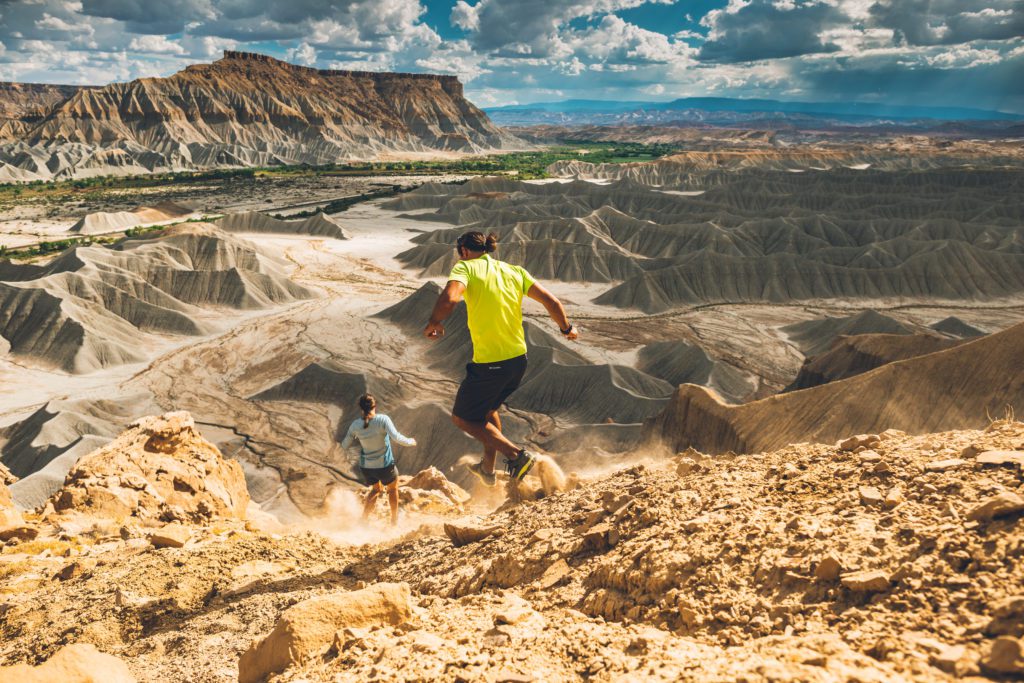
Runners who embrace the trails seldom go back to road running. There are many reasons for this, including enjoying nature, getting away from it all, and generally reclaiming the joy of running without regard for goal pace. But trail running requires a bit more preparation than road running, not to mention some equipment that may not be familiar to you.
Gary Robbins has had plenty of equipment fails in his attempts to conquer the Barkley Marathons, including broken hiking poles and headlamps that inexplicably went dead. While the trail running community is tight-knit and shares generously, there may be situations where you’re on your own and your equipment fails, which can lead to serious consequences. In trail running, there’s no such thing as “over-prepared.”
Arden Young, winner of this year’s Sinister 7, shares a cautionary tale about how even a “short” trail run can turn unexpectedly long:
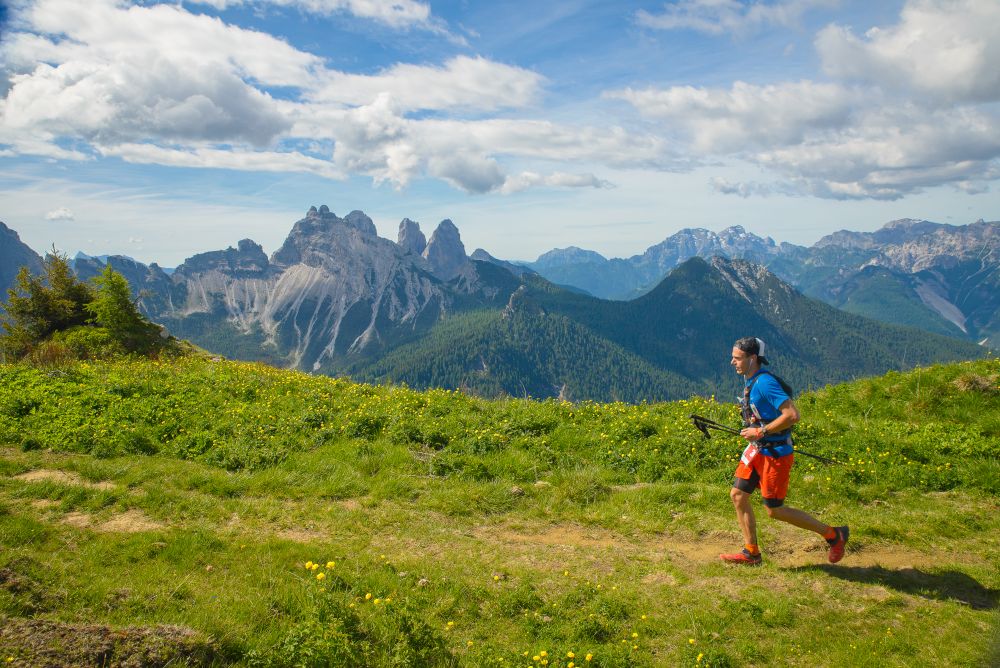
 Trail shoes
Trail shoes
It goes without saying that trails present vastly different terrain conditions than roads, which is why trail shoes exist. The best trail shoe for you is one that was designed for the terrain you’re running on, and takes into account fit, weight, breathability, tread design, and even lacing systems and weather-proofing. Columbia’s Montrail Variant X.S.R. shoe is an excellent choice for an all-round road-to-trail option. In addition to helping you run the trail safely and easily, they are highly durable and have abrasion-resistant rubber outsoles. They are truly a trail runner’s dream.
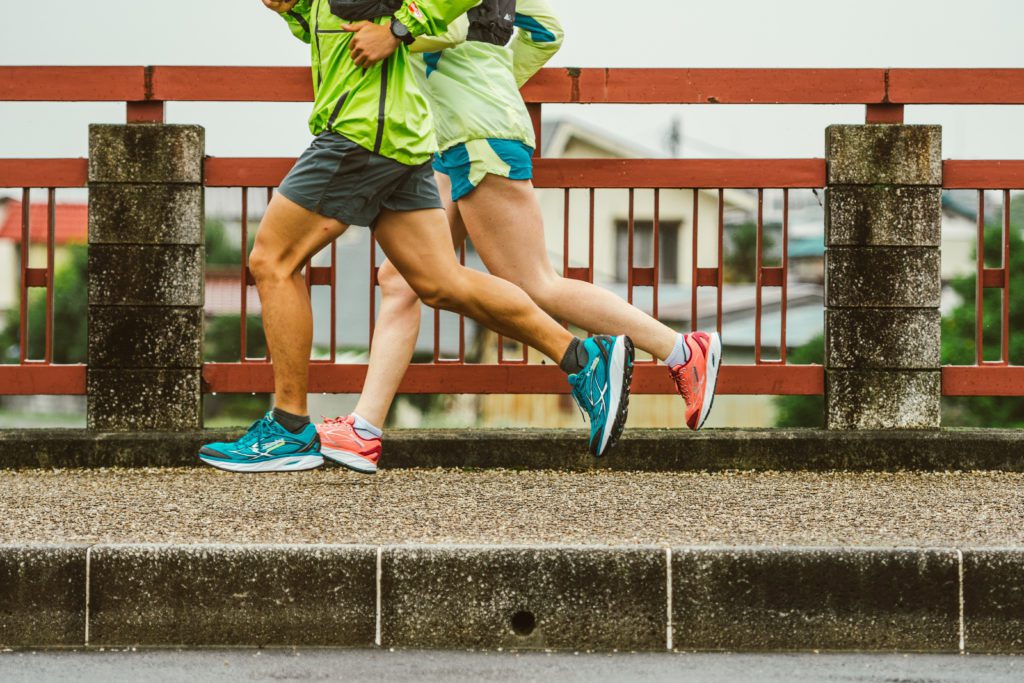
First aid kit
A well-stocked first aid kit is essential for trail running–whether you’re dealing with a humble blister or an animal attack. Most outdoor equipment stores have first aid kits of various sizes, but to be really well prepared, you’ll want to create your own. Besides the basics like bandaids and gauze, your kit should include: antibiotic ointment, kinesiology tape, saline, lube, acetaminophen, antibacterial wipes, eyedrops, water purification tablets, and insect repellent. Feminine minipads are also a great alternative to gauze pads for stopping bleeding. John Kelly, who completed the Barkley Marathons in 2017 after three previous attempts, swears by Leukotape Rehabilitation & Sports Tape, which can be hand-torn, though scissors are recommended. (Do not use if you’re allergic to latex.)
RELATED: VIDEO: The 10 essentials for trail running and backcountry adventure
https://www.instagram.com/p/BGPhWIytuhK/
Hydration pack
Besides carrying your water, your pack needs to accommodate all the other stuff you’re sure you won’t need, but just might. What to look for: a pack that has both a bladder and space for bottles (there will be times you’ll want one or the other). Some options to consider when choosing a pack are insulated reservoir tubes that won’t freeze, systems for preventing jiggling or sloshing, and packs that include a lightweight emergency blanket.
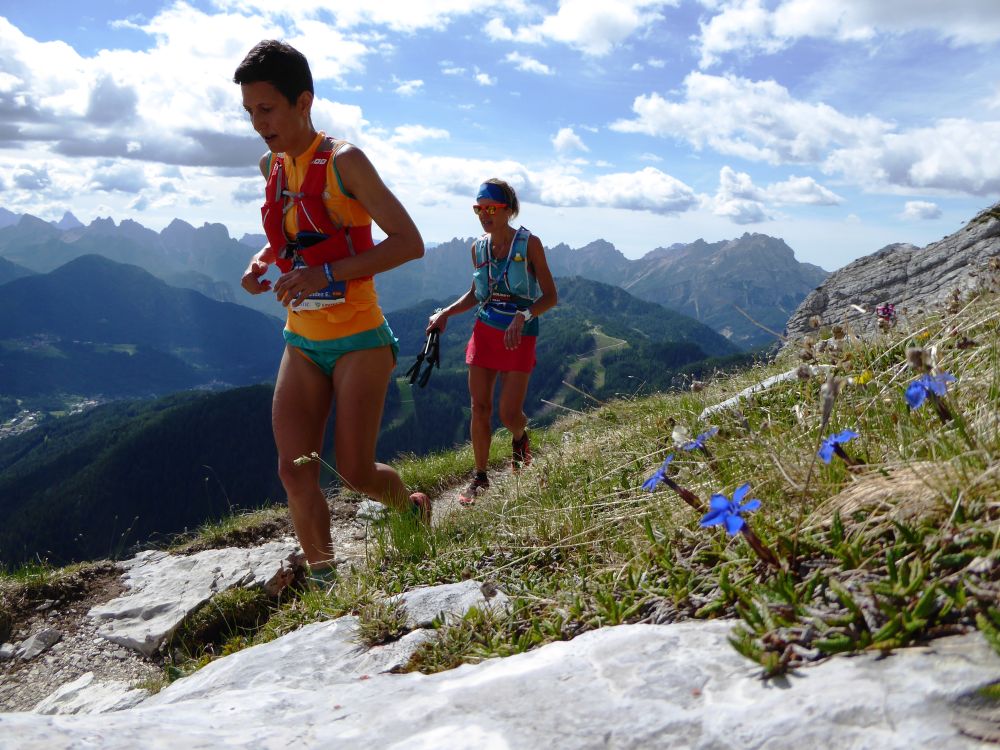
Technical clothing
Even road runners don’t run in t-shirts any more. You want high-quality technical clothing that dries quickly and is designed for the changing conditions you’ll encounter on the trails. Columbia’s Solar Chill shirt uses the company’s innovative Omni Shade™ Sun Deflector technology, which deflects sunlight, to keep you cool, protected, and comfortable in sunny conditions. The shirt comes in both short- and long-sleeve options.
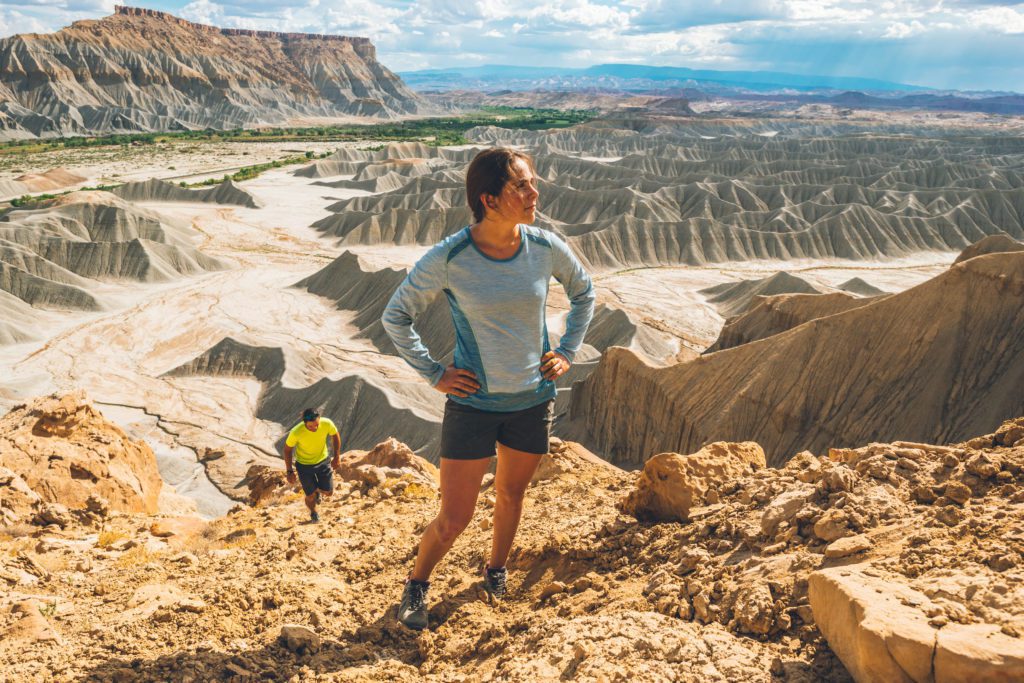
Hiking poles
Poles will help you maintain your balance on the trails (as will a strong core). For your first time out, try experimenting with ski poles to get a feel for it. Ultimately, however, you’ll want to get a pair of durable, lightweight, collapsible hiking poles. There are even poles made of carbon-fibre, for extra-lightweight durability.
Headlamp
Your local outdoor store will likely offer several options for headlamps. There are two types to choose from: rechargeable, or those that require you to carry extra batteries. Both have their own sets of risks, as Gary Robbins discovered on his latest Barkley expedition. He found himself on a loop in the dark with not one but two non-functioning headlamps. Super-techy headlamps have brightness levels that adjust automatically. It’s important to make sure your headlamp is designed for running, that it’s light (remember, you’ll be wearing it on your head), weatherproof, and throws a beam that lets you see more than a few feet down the trail. Popular makes include Petzl and Black Diamond.
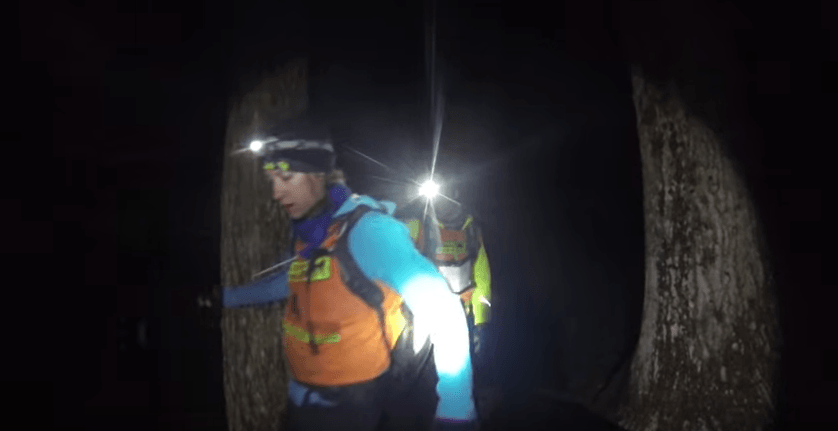
Nutrition
Not only must you replace calories out there, you’re going to get hungry. You should always carry an assortment of bars, gels and electrolytes, plus some solid calories in the form of salty snacks, dried fruit etc. Trail runner Ailsa MacDonald‘s staples are peanut butter-banana wraps and Lara bars. She also carries candy, since “once the digestive system stops co-operating, candy is the easiest way to get in calories.”
GPS
We suggest something with a long battery life and navigation features, such as the Garmin Fenix or the Suunto Spartan. If considering satellite tracking (so others can see where you are), John Kelly recommends Garmin’s inReach Explorer+.
Water filter
Purification tablets are fine, but obviously won’t remove debris (if you’re forced to collect snow from the ground, for example). John Kelly suggests the BeFree filter is light and easy to use on the go.
Warm clothing
In case you are unlucky enough to get stranded on a mountain at night, pack a fleece layer and windbreaker, a pair of dry running tights, a spare pair of socks, a toque and gloves.
